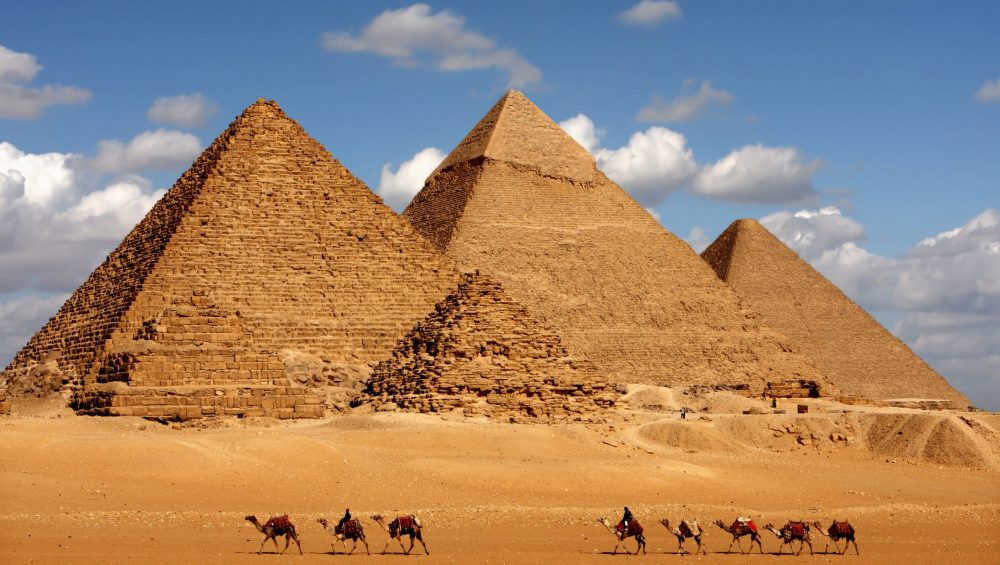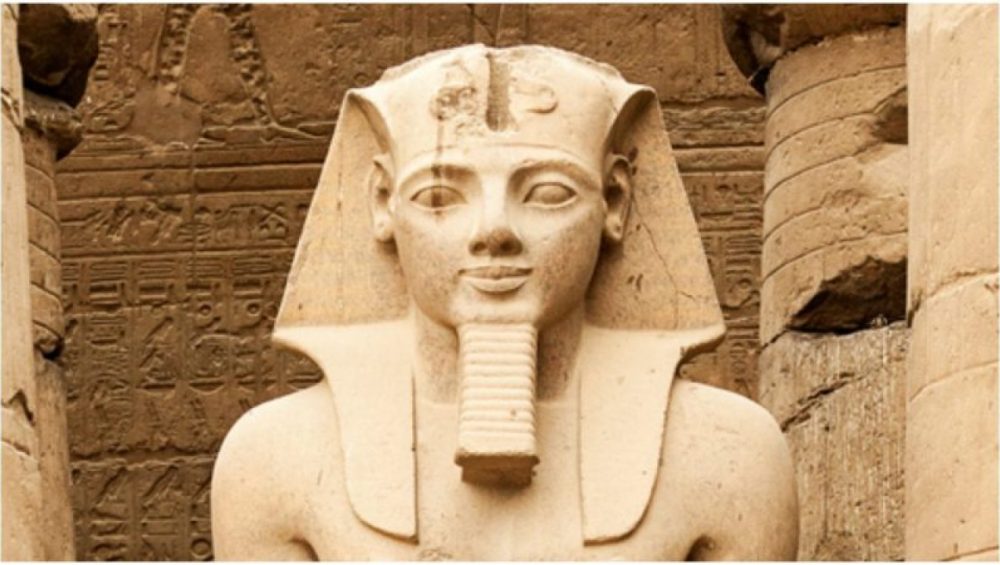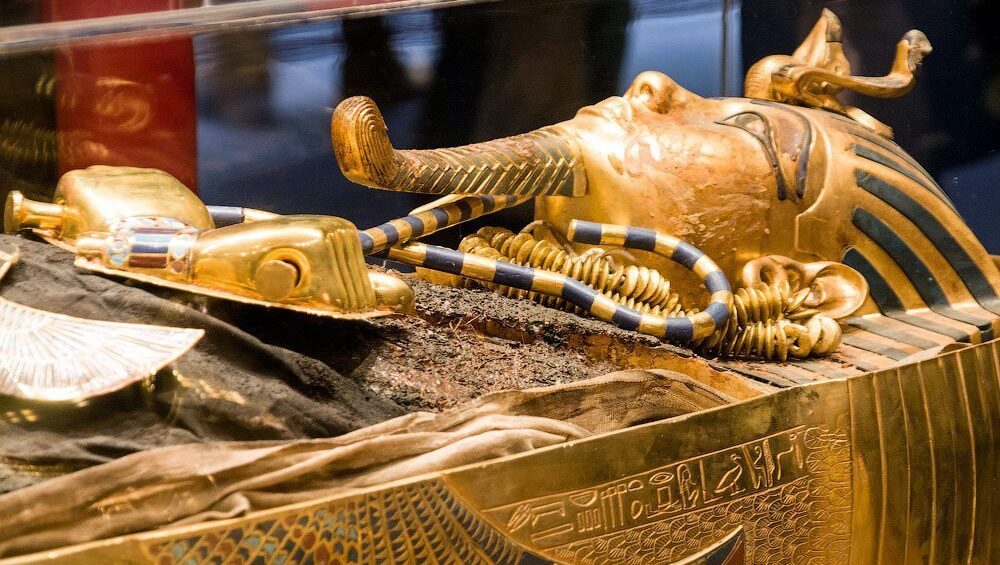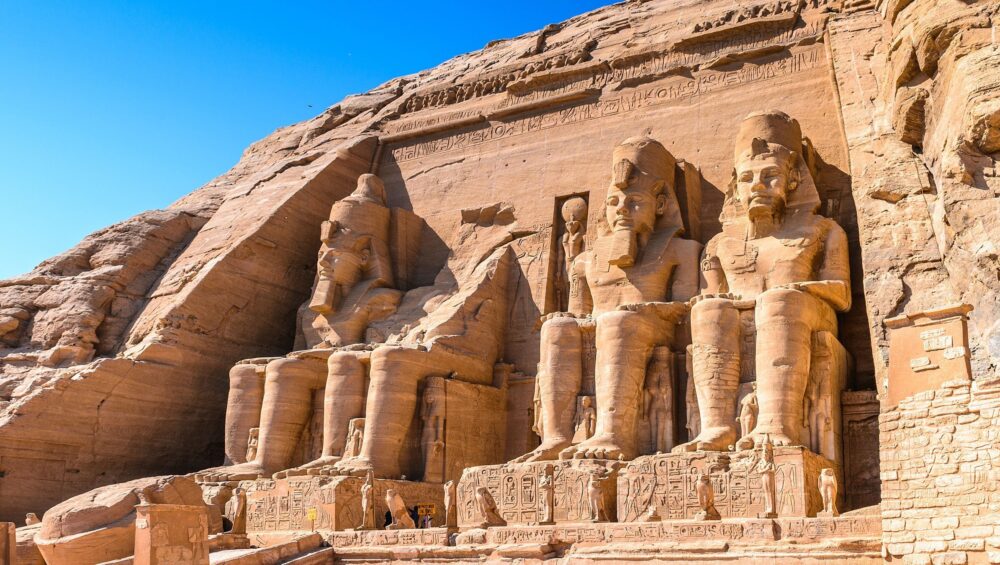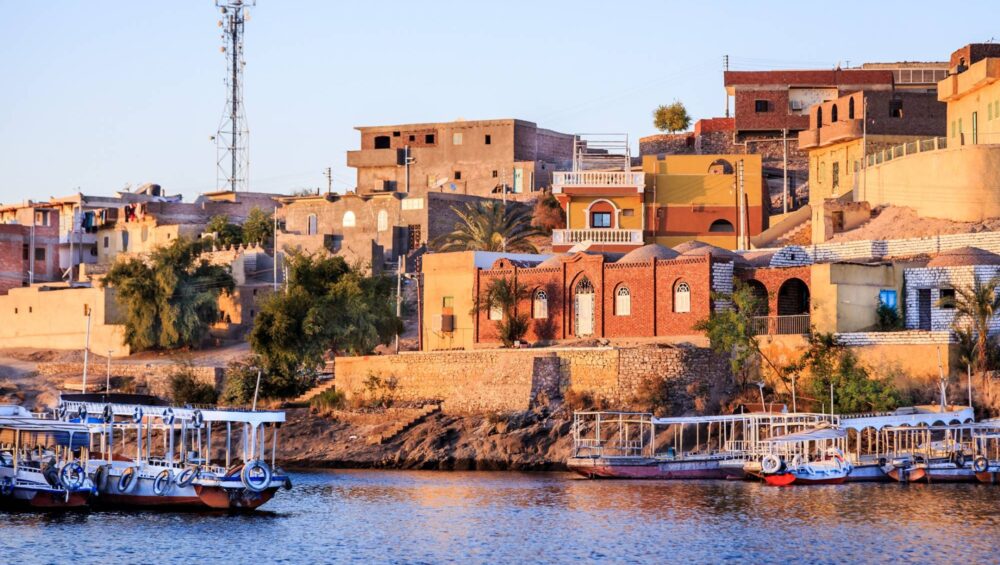Egyptian pyramids
The Great Pyramid of Giza, a part of the Egyptian pyramids, is one of history’s most impressive man-made structures. Built when Egypt was a dominant world power, its grandeur reflects the esteemed status of kings and pharaohs in ancient Egyptian society.
The pyramids, primarily constructed from the beginning of the Old Kingdom to the end of the Ptolemaic dynasty around 2325 BC, represent a peak in pyramid construction between the late 3rd and 4th Dynasties.
The Role of the Pharaoh in Egyptian Society:
- During the Old Kingdom’s 3rd and 4th Dynasties, Egypt saw significant economic prosperity and stability.
- Kings were seen as divinely appointed mediators between the gods and people.
- The falcon god Horus, formerly a guardian of Ra, often succeeded the pharaoh.
The Evolution of the Pyramids:
- Early royal tombs, preceding the pyramids, were rock-cut structures covered by “mastabas.”
- The first Egyptian pyramid, King Djoser’s Step Pyramid at Saqqara, evolved from a traditional mastaba.
- Imhotep, a revered architect, designed this pyramid, which transformed the approach to royal burials.
The Great Pyramids of Giza:
- The most famous pyramid, the Great Pyramid of Giza, stands near Cairo on the West Nile plateau.
- Built for Pharaoh Khufu (Cheops), it was part of a complex that also included smaller pyramids for his queens and a series of mastabas for royal relatives and officials.
- The pyramid complex of Khafre, Khufu’s son, includes the iconic Great Sphinx.
- The smallest of the Giza pyramids, built for Menkaure, Khafre’s son, marked a transition to smaller pyramids in subsequent dynasties.
Construction of the Pyramids:
- Contrary to popular belief, evidence suggests that the pyramids were built by seasonal workers, likely Egyptian farmers, not slaves or foreigners.
- The construction of Khufu’s pyramid involved the use of over 2.3 million stone blocks.
- Herodotus, an ancient Greek historian, recorded that it took 20 years and 100,000 laborers to build the pyramid, though modern estimates suggest a smaller workforce.
A Journey from Cairo to Luxor:
- Travelers can experience an overnight trip from Cairo to Luxor, arriving at sunset or night.
- In Luxor, one can enjoy a hot air balloon flight with Balloon Over Luxor company in the early morning.
- The tour in Luxor includes visits to the Valley of the Kings, the Temple of Hatshepsut, the Colossi of Memnon, and the Karnak and Luxor temples, followed by a return flight to Cairo.

